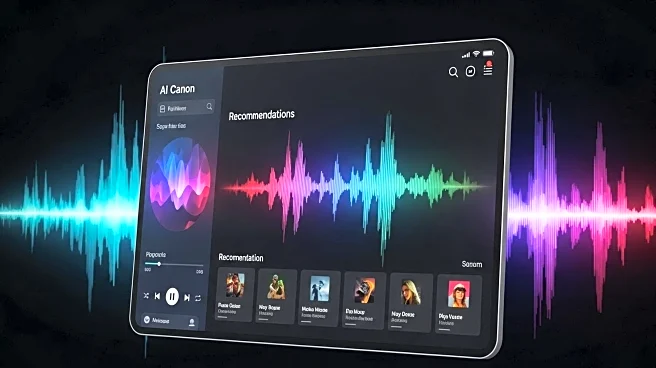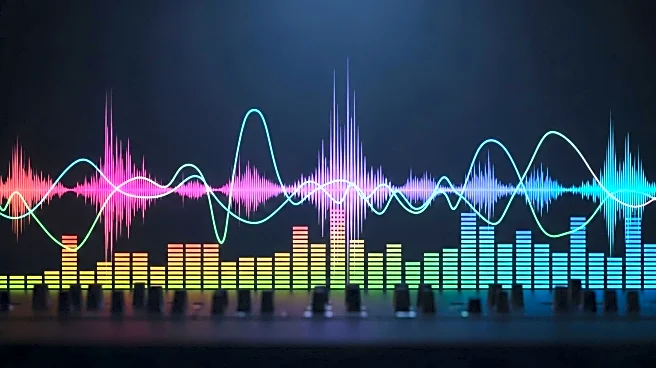What's Happening?
Spotify has launched its Lossless streaming service, offering high-quality audio to users in 50 supported markets. To fully benefit from this service, users need a compatible smartphone and headphones that support high-quality codecs like LDAC or aptX Lossless. The service streams at approximately 2,280kbps, which is significantly higher than standard Bluetooth transmissions, often capped under 1,000kbps. Users must also have a data plan capable of handling the increased data consumption, as Lossless streaming can use up to 1GB per hour. The service is best experienced in a quiet home environment with a high-quality audio setup.
Why It's Important?
The introduction of Spotify Lossless marks a significant shift in the music streaming industry, catering to audiophiles who demand superior sound quality. This move could influence other streaming platforms to enhance their audio offerings, potentially leading to increased competition in the market. However, the requirement for specific hardware and data plans may limit accessibility for some users, impacting adoption rates. The service's high data consumption could also affect users' mobile data plans, prompting them to upgrade to more expensive options.
What's Next?
As Spotify Lossless becomes available, users may need to invest in compatible devices and data plans to fully utilize the service. The company may face challenges in convincing users to upgrade their hardware and plans, especially if the perceived audio quality improvement is minimal during everyday use. Other streaming services might respond by enhancing their audio quality offerings, leading to a broader industry trend towards high-fidelity streaming.
Beyond the Headlines
The launch of Spotify Lossless raises questions about the future of audio streaming and the balance between quality and accessibility. While high-quality audio is appealing, the need for specific hardware and data plans could create a divide between users who can afford these upgrades and those who cannot. This development may also prompt discussions about the environmental impact of increased data usage and the sustainability of high-fidelity streaming.










